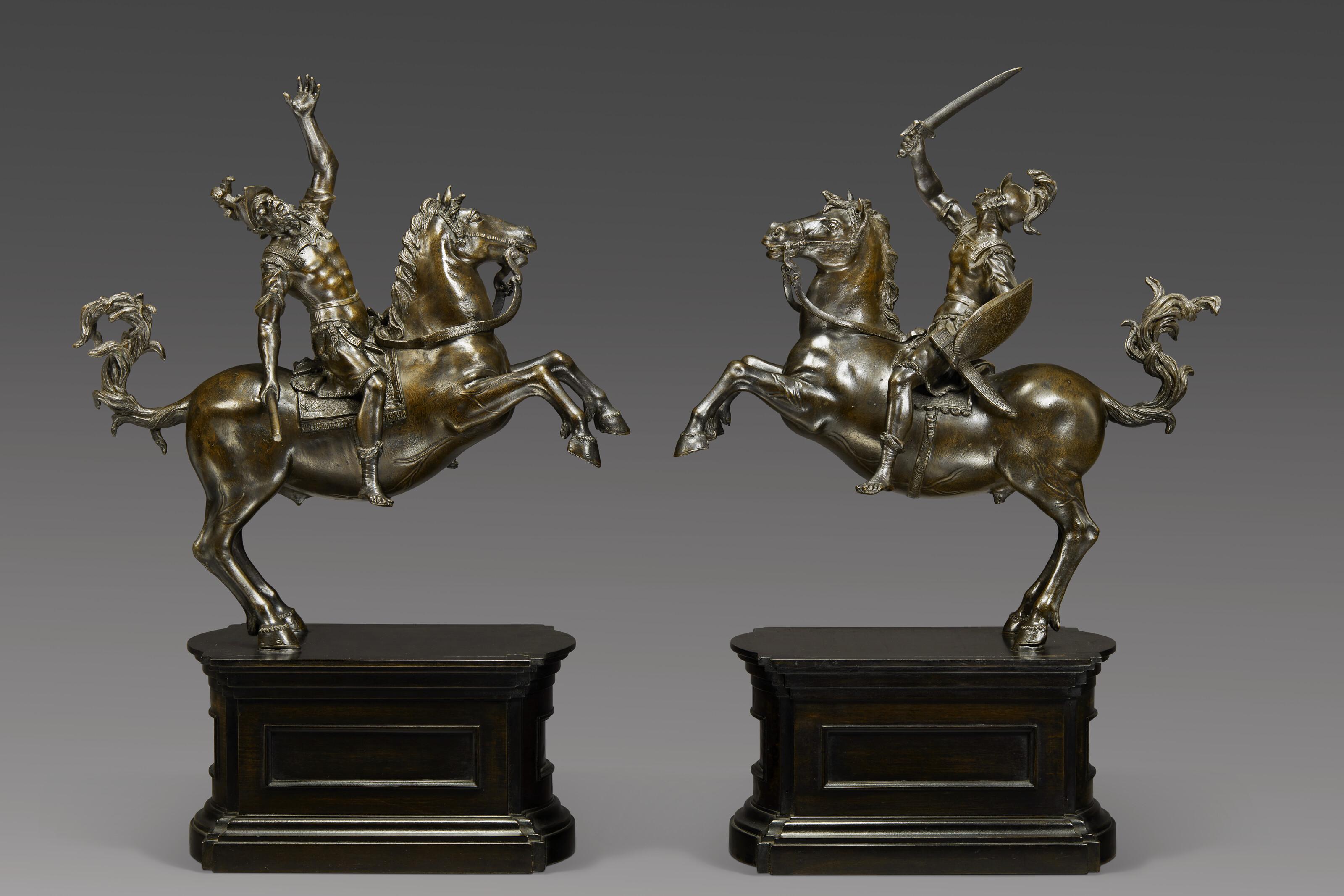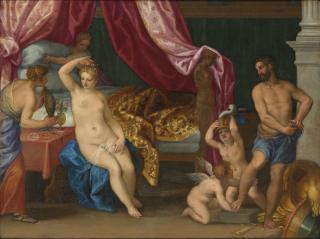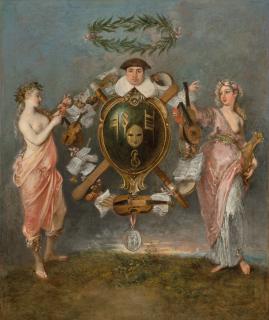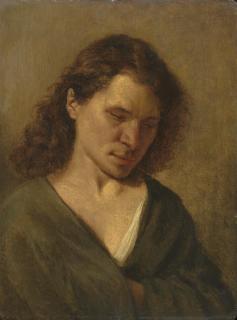- Art.Salon
- Artists
- Francesco Bertos
- Paire de groupes équestres, l'un représentant peut-être la conversion de saint Paul et l'autre un guerrier brandissant son épée

Francesco Bertos
Paire de groupes équestres, l'un représentant peut-être la conversion de saint Paul et l'autre un guerrier brandissant son épée
Found at
Christies,
Paris
Maîtres Anciens : Peintures - Sculptures, Lot 27
12. Jun - 12. Jun 2024
Maîtres Anciens : Peintures - Sculptures, Lot 27
12. Jun - 12. Jun 2024
Estimate: XX.XXX
Price realised: XX.XXX
Price realised: XX.XXX
Description
A PAIR OF BRONZE EQUESTRIAN GROUPS, ONE POSSIBLY DEPICTING THE CONVERSION OF ST. PAUL, AND THE OTHER A WARRIOR BRANDISHING A SWORD, FRANCESCO BERTOS (1678-1741)
Francesco Bertos, whose work is compositionally indebted to prototypes of the late Renaissance and Mannerist periods, was nevertheless an extremely inventive sculptor whose distinctive style was highly sought after by contemporary collectors. He worked principally in Venice, and his groups – usually executed in bronze but occasionally also in marble – often depict elaborate allegorical groups in pyramidal forms. The figures, often accompanied by horses or other creatures, have extended limbs, distinctive facial types, and convey an overall feeling of weightlessness by virtue of the sculptor’s extensive use of ‘negative space’ between the individual elements of each composition.
In the present bronze groups, Bertos shows his distinctive style through theatrical elements such as the freely modeled S-shaped whirling of the tails, and outreaching forelegs of the rearing stallions. These broader compositional elements, with their powerful silhouettes, are counterbalanced by extremely fine details including the descriptive saddle tack, finely braided chains and the strained veins on the horses’ back legs.
The subjects of this pair have provoked some discussion. Charles Avery and others have convincingly argued that the bearded man in Roman armor with his hand stretched up may be St. Paul, stunned in the moment of conversion, a theory strengthened by the fact that his eyes are closed, suggesting his temporary blindness. Avery suggests the other figure may be an unidentified warrior saint, although it has been plausibly suggested that he is simply a companion of St. Paul whose horse has also been frightened by the holy apparition. Regardless of the subjects, when viewing the present bronzes one is captivated by the motion, apparent weightlessness, and virtuosity of the casts, the elegant movement of which can be understood from any angle.
Francesco Bertos, whose work is compositionally indebted to prototypes of the late Renaissance and Mannerist periods, was nevertheless an extremely inventive sculptor whose distinctive style was highly sought after by contemporary collectors. He worked principally in Venice, and his groups – usually executed in bronze but occasionally also in marble – often depict elaborate allegorical groups in pyramidal forms. The figures, often accompanied by horses or other creatures, have extended limbs, distinctive facial types, and convey an overall feeling of weightlessness by virtue of the sculptor’s extensive use of ‘negative space’ between the individual elements of each composition.
In the present bronze groups, Bertos shows his distinctive style through theatrical elements such as the freely modeled S-shaped whirling of the tails, and outreaching forelegs of the rearing stallions. These broader compositional elements, with their powerful silhouettes, are counterbalanced by extremely fine details including the descriptive saddle tack, finely braided chains and the strained veins on the horses’ back legs.
The subjects of this pair have provoked some discussion. Charles Avery and others have convincingly argued that the bearded man in Roman armor with his hand stretched up may be St. Paul, stunned in the moment of conversion, a theory strengthened by the fact that his eyes are closed, suggesting his temporary blindness. Avery suggests the other figure may be an unidentified warrior saint, although it has been plausibly suggested that he is simply a companion of St. Paul whose horse has also been frightened by the holy apparition. Regardless of the subjects, when viewing the present bronzes one is captivated by the motion, apparent weightlessness, and virtuosity of the casts, the elegant movement of which can be understood from any angle.

























